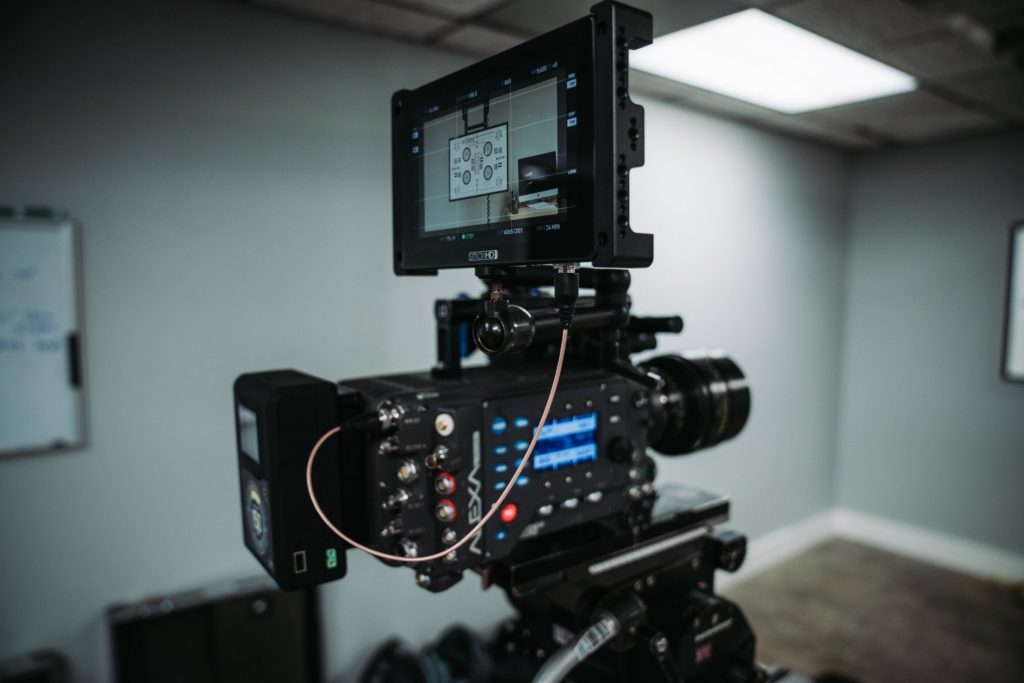Morphological scene shooting
At the same time, they are connected to the lens and the whole. The form of the film lens establishes various correspondences and becomes the most basic element in the structure of the film montage. When determining the shape of each lens, it should not be done in isolation, but should be considered comprehensively and the overall shape should be considered. Grasp, and implement them into individual shots and interrelationships.
When arranging a shot, you should take into account the specific layout of the shot according to the content of the story, which angle is more action or appealing, coherence, expected visual and emotional effects, editing plan, cut-out shots and insertion shots The use of, the form and structure of the story and the film, how long the width of the picture is appropriate, how to change and transform the audience’s attention, how to use subjective or objective lenses. How long should a scene occupy in a scene, and how to establish or change the relationship between the subject and the space, etc.

Connection method
Although individual shots have a certain meaning, they must be combined organically and naturally and fluently in accordance with the development of the plot to become a complete work, thus forming a complete set of lens assembly methods. Explicit; hidden; transform; cut; etc. This refers to the different connection methods between the lens and the lens
Display, also called fading; fading; this is the picture gradually emerges from blank or all black.
Hidden, also called fading out; Fading out, is the opposite of fading out, that is, the picture gradually recedes until it disappears completely.
If you combine fading and fading together, it will form an obvious sense of intermittent. This tells the audience that this is the end of a complete paragraph and the beginning of another paragraph.
Transformation, also called “melting” or “dissolving” The previous picture gradually disappears while the next one is appearing, called “transformation”, the next picture gradually appears in the gradual disappearance of the previous picture is called “transition”. Transformation; Transformation is usually used to show the time division between incomplete paragraphs. The use of dissolve can show the changes of someone or something over a long period of time.

Switching, also called “switching” specifically, can be divided into continuous switching and interspersed switching.
Continuous switching, that is, the action shown in the next screen is the continuation of the action in the previous screen or a part of the content shown in the previous screen. Many unnecessary performance processes are “cut” away, not only is the context clear, but also concise and smooth. This is continuous switching.
Interspersed switching is different from continuous switching. The latter shot is not a continuation of a certain action in the previous frame. It does not include some parts of the previous frame. But they have inherent related factors, which can be connected together in the chain of story development.
The above-mentioned combination of shots (pictures) are just a few of the various methods of film and television art editing. In summary, there are two major categories: skillful assembly. If the picture is combined with invisible; explicit; transformation, etc., certain optical techniques must be used when editing and combining, so it is called technical combination. Switching does not require any optical skills, so it is called non-technical assembly.

Regarding the various combinations of film and television images, they are actually the specific application of montage techniques in screen conversion and combination. Movies and televisions speak through pictures and become narrative art capable of telling stories only because they have one of the most basic means of composition-montage. Montage is not only the basic characteristic of film and television becoming a unique art, but also a kind of “grammatical rhetoric” for the basic narrative function of film and television pictures, or the basic means by which film and television can become perfect and independent art.

In the production of a movie, the content of the whole film needs to be broken down into many different shots. After the shooting is completed, the many pieces are scattered according to the original creative concept; different shots, according to the development of the story, Artistically edit; combine to make it coherent through the complementary relationship of the image and image; echo; suspense; contrast; suggestion; association; contrast, and different rhythms of speed, so as to form an organic; natural and smooth; expressive A film with a certain ideological content. When sound and color enter the film as the constituent elements of the film, a variety of combinations and combining techniques such as picture and sound, picture and color, and sound and sound are added. Therefore, montage is again It is an art category that is constantly developing and enriching.
